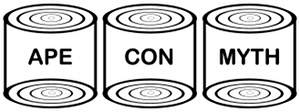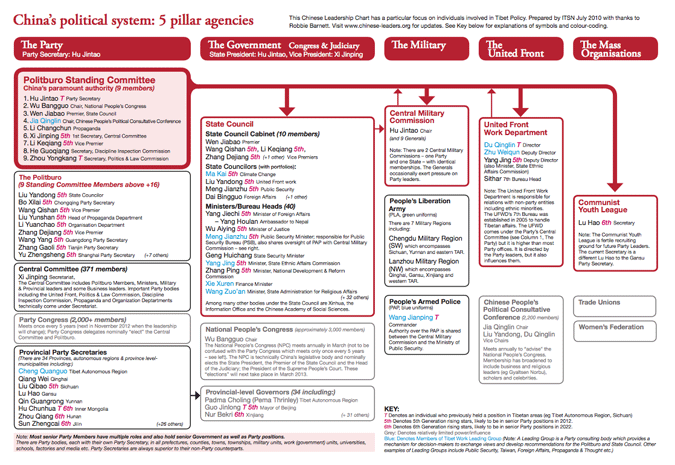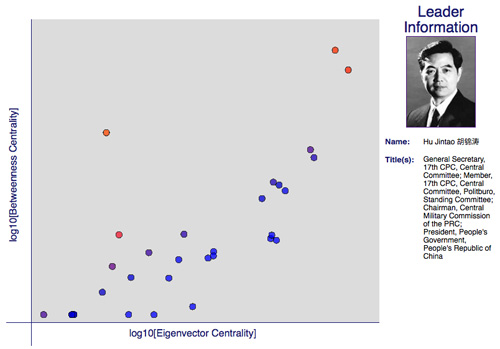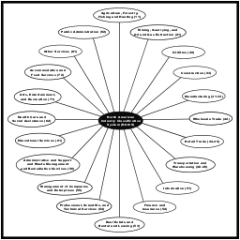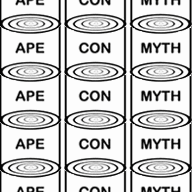China’s color might be red, but the only reason you hear it mentioned so often these days is because of the green. For all the talk of China though, what do you really know about the country? … Aside from the population, censorship, poor working conditions and growing unrest.
This is obviously a gigantic topic, so we’ll begin by pulling together a few pieces regarding its political structure and leadership:
We start, complexly enough, with a nation of 1.3 billion people. How many are in the Party? 80 million, or a little over 6% of the population. (For comparison, Buddhists are estimated to include 50-80% of the populace, with Taoists around 30%.) What are the perks of being a card carrying member? Better jobs, better schools, and better … wait for it… information!
As the BBC’s chart below shows us, that 80 million boils down very quickly to the 23 men and 1 woman who make up the Politburo, though they go on to say that the real power lies with the 9 members of the standing committee within it.
The BBC gives summaries on each segment, but the highlights include a National People’s Congress that only meets once a year, party elders who don’t go away, and the State Council, which “sits at the top of a complex bureaucracy of commissions and ministries and is responsible for making sure party policy gets implemented from the national to the local level.”
Or perhaps your eye was drawn to the Discipline Commission, originally established as the Central Control Commission and now officially known as the Central Commission for Discipline Inspection. Charged with rooting out corruption in the party, you can decide for yourself whether you want to be the fifth person to like them on Facebook.
From there, we go to the names behind all these political bodies via a chart from The International Tibet Network:
Don’t recognize many names? Then try out Drew Conway’s interactive chart below, showing the most connected and critical members of China’s top brass going into 2012.
This year the fifth generation of Chinese leadership is expected to transition into power, with Xi Jinping likely to replace Hu Jintao as General Secretary and President. While the fifth will be preoccupied with China’s economy, it is speculated that the sixth generation, born in the 1960’s, will be the source of significant political reform after their rise to power in 2022.
As for all the green, the Wall Street Journal is keeping score here: China Econtracker
[Charts from the BBC’s How China is Ruled, The International Tibet Network’s Chinese-Leaders.org, and Zero Intelligence Agents]